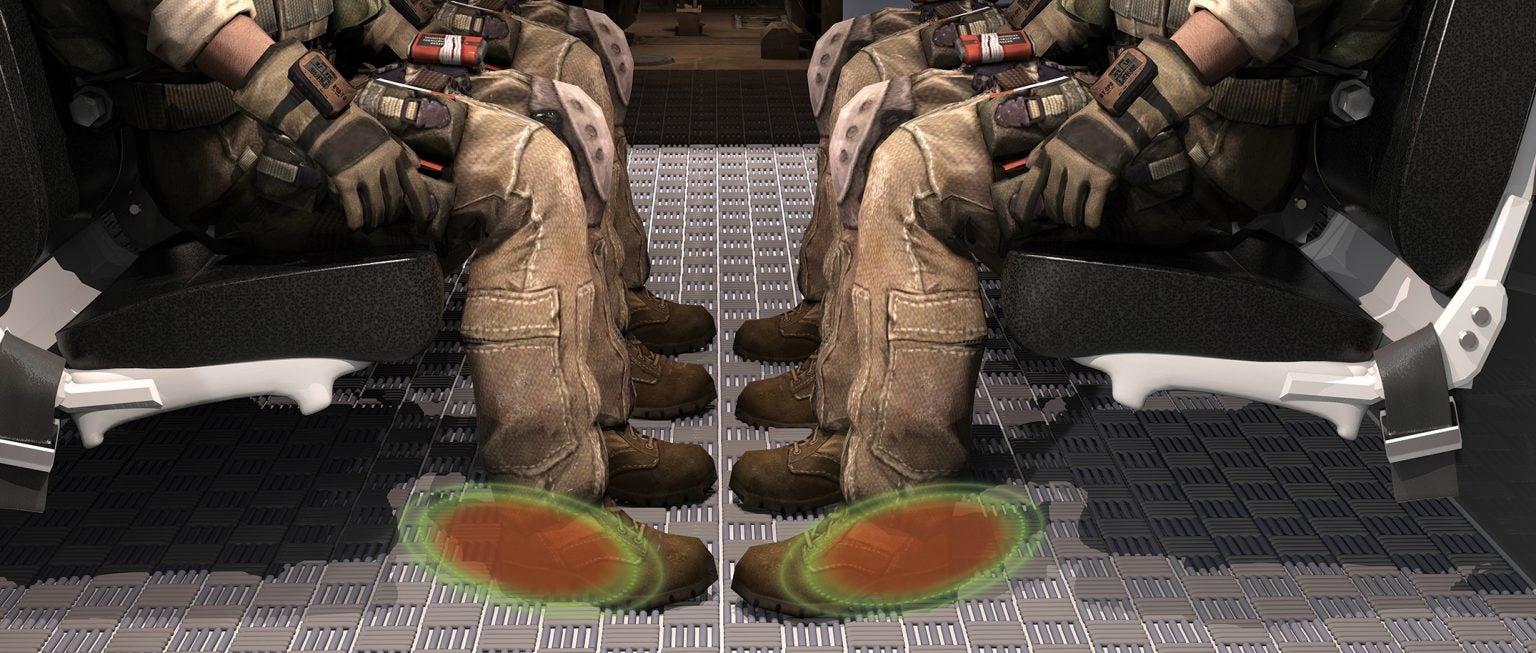
The defence industry has increasingly recognised that noise, vibration and harshness (NVH) can significantly affect mission readiness. As a result, governments are introducing regulations to ensure the health of their soldiers.
A range of industries have placed emphasis on understanding the characteristics of noise and vibration within vehicles and the impact it can have on occupants, with how individuals react becoming a topic of observation and discussion.
Vehicle’s occupants experience noise and vibration in three main ways:
- Radiated acoustically through the structure
- Physically passed to their body at a point of vehicle contact, such as a steering wheel, seat, or floor
- Visually through windows and mirrors vibrating due to vehicle activity
NVH can be combatted by altering a vehicle’s design or equipment to reduce the cause of the noise or vibration, adding a barrier to interrupt or isolate the source, or by using an energy absorber to damper vibration or absorb noise.
NVH in tanks and armoured land vehicles
Armoured military vehicles generate much higher vibration levels compared to commercial vehicles. These high levels of vibration cause excessive noise during operation.
Interior noise is also magnified due to the tightly enclosed cabins of defence vehicles, which can severely impact operator focus and subsequently mission effectiveness.
NVH within military aircraft
The noise and vibration of helicopters has become a technical focus in recent years. Similar to armored vehicles, new design parameters are being considered as both noise and vibration are amplified through the cabin structure.
Operating conditions and frequency ranges vary by platform design, and structural adaptations and moderating materials are used to address acoustic disturbances and enhance interior design.
NVH on naval vessels

Crew onboard military vessels are exposed to both short term effects of NVH, through wave impact, and long term through exposure caused by repetitive shock and whole-body vibration (WBV).
The immediate dangers of muscle fatigue and decreased operator effectiveness resulting from being at sea have created significant demand for technologies that mitigate the energy transmitted through the deck.
SKYDEX solutions are actively being used to reduce the effects of vibration on the water.
Hans van der Molen, Technical Lifeboat Inspector responsible for whole-body vibration (WBV) related matters for the KNRM, said: “The seats on the Nikolaas class are non-suspension seats, as it is not possible to fit them. We are still aiming to provide our crew with the best protection given the limits, therefore we are using SKYDEX for our sets on these boats.”
Tested and proven solutions for NVH mitigation
From marine craft to armoured vehicles, SKYDEX has developed cutting-edge technologies that successfully reduce the transfer of engine noise and vibration to protect military personnel and improve operational effectiveness.
SKYDEX materials have been used as shock-reducing floor coverings and seat cushion inserts in many marine and land vehicle applications. Understanding the propriety geometries energy absorption capabilities, tests have been conducted on SKYDEX designs to quantify their damping, barrier, and absorption capabilities.
In the lab, SKYDEX materials have been shown to reduce the transfer of noise and vibration through vehicle structures by damping the vibration of those structures and reducing the sound pressure level by 10-15db when compared to a steel plate.
Additional observations and features of SKYDEX’ solutions include:
- Reduced noise transmission – Proven increases in insertion loss through SKYDEX material
- Improved vibration isolation – Engineered to dampen vibration levels that lead to user fatigue
- Performance that lasts – Made from highly durable materials
- Simple integration – Designed for rapid integration into new or existing vehicle designs



